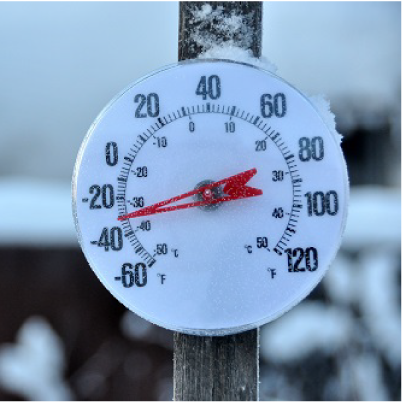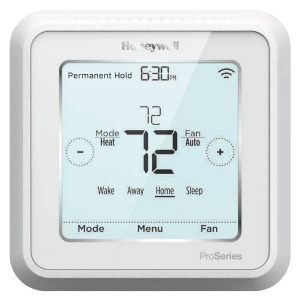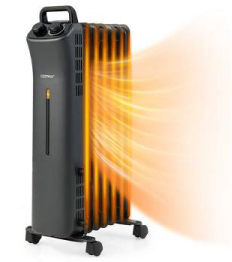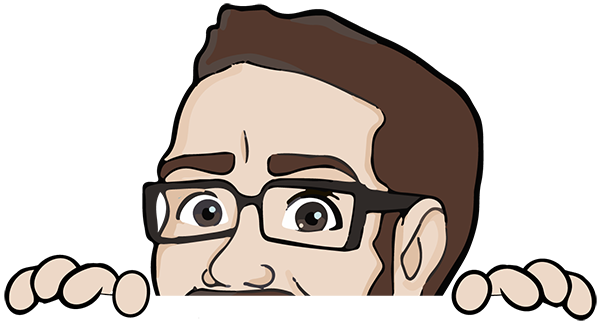
January 2024
By: Josh Walejewski
Read Time: 3 Minutes
We all know Wisconsin winters can get pretty cold. How cold you ask? According to the Milwaukee Journal Sentinel, the lowest recorded temperature in Wisconsin was -55°F in Couderay on Feb. 4, 1996. Hopefully, that record remains unbroken during our lifetime.
As we approach the coldest stretch of winter, it’s an ideal time to talk about the added stress sub-zero temperatures can put on your furnace. The colder it gets, the harder your furnace works, potentially leading to increased wear and tear, as well as reducing indoor comfort.
This month’s blog aims to equip you with some tips and tricks that can help you prevent overworking your furnace during sub-zero temperatures. Before we dive into some of the practical ones, let’s first take a look at how heating systems in Wisconsin are designed to handle cold winter temperatures.
Furnace Design Temperature
Wisconsin state codes set the guidelines for HVAC installers across the state to ensure the systems they install are sized correctly for each home given the climate we live in. Per the Department of Safety and Professional Services (SPS) Chapter 322.40, all habitable areas of a dwelling shall use a heating design temperature of 70°F.
A design temperature of 70°F means a home’s heating system should be sized properly to maintain an indoor temperature of 70°F when the outdoor temperature is -10°F. Keep in mind this means when temperatures drop below -10°F, your system might not be able to reach or sustain an indoor temperature of 70°F.
Tips to Maintain Comfort and Avoid Overworking Your Heating System
Adjust Your T-Stat’s Schedule
 Many modern thermostats come with energy-saving features such as programmable schedules and geofencing through WIFI connectivity. To save energy and reduce the workload of our equipment, many homeowners leverage these tools to let their home get a little cooler when they are away from home or while they are sleeping. However, it’s recommended to avoid using these features during severe cold.
Many modern thermostats come with energy-saving features such as programmable schedules and geofencing through WIFI connectivity. To save energy and reduce the workload of our equipment, many homeowners leverage these tools to let their home get a little cooler when they are away from home or while they are sleeping. However, it’s recommended to avoid using these features during severe cold.
For example, John normally sets his t-stat schedule to drop to 66°F while he’s away at work or sleeping. He sets it to return to 70°F just before he gets home and when he wakes up in the morning. Rather than sticking to his schedule during extreme cold snaps, John should set his thermostat to a permanent hold of 70°F.
During periods of sub-zero temperatures, frequent indoor temperature fluctuations actually put additional strain on your furnace and make it more challenging for it to return to the desired temperature. For optimal comfort and furnace performance, it’s advisable to set the thermostat to a single temperature and maintain it without adjustments.
Check your filter before the cold snap
One of the simplest ways to reduce strain on your heating system during sub-zero temperatures is to ensure your filter is clean. Your HVAC system operates by circulating a specific volume of air during each cycle. However, if the filter is past its prime and clogged, it restricts airflow. Therefore, increasing the workload on your system.
In times of extreme cold, your heating system is already under considerable stress, often operating close to or at its maximum capacity. To ease this strain and extend the system’s longevity, it’s crucial to regularly inspect and maintain your filter before the onset of severe cold weather. Neglecting filter maintenance poses risks of increased wear and tear, potentially leading to system malfunctions and a higher likelihood of breakdowns.
Use drapes and blinds strategically
Utilizing passive solar heating presents an effective method to alleviate some of the strain on your furnace. Depending on the size and efficiency of your windows, passive solar heating can naturally increase indoor temperatures by several degrees.
On sunny days, maximizing this effect involves opening your drapes if the windows receive a healthy amount of direct sunlight. However, in cases of extreme winds and/or if your windows are a bit drafty, it might be more beneficial to keep the drapes entirely closed.
During overcast weather or periods of low light, such as nighttime, it’s advisable to keep drapes or curtains closed to help insulate against the cold. The same principle applies to rooms/windows with limited direct sunlight exposure.

Minimize door drafts
Exterior doors that are poorly sealed can let a lot of cold air in. For example, a mere 1/8-inch gap at the bottom of an exterior door can allow as much cold air to infiltrate as a 2.5-inch hole in the wall.
If you notice a cold draft at the bottom of your door, consider using door snakes or draft blockers. Draft blockers or door snakes are quite affordable and can be purchased online or at home improvement stores.
If you don’t have a door snake or need an immediate solution, placing a towel or blanket up against the bottom of your door can make a noticeable difference. Additionally, if you have an attached garage, be sure to keep the garage door closed!
Use an electric space heater
 If your furnace is getting up there in age or your home is a bit draftier, try utilizing an electric space heater in extreme cold. A space heater can help shoulder the workload, reducing wear and tear on your furnace, and help keep the room you are occupying comfortable. Be sure to use good judgement when placing and operating your space heater to avoid any fire and safety hazards.
If your furnace is getting up there in age or your home is a bit draftier, try utilizing an electric space heater in extreme cold. A space heater can help shoulder the workload, reducing wear and tear on your furnace, and help keep the room you are occupying comfortable. Be sure to use good judgement when placing and operating your space heater to avoid any fire and safety hazards.
- Never leave a space heater unattended while it’s on/plugged in
- Place the heater on a hard, level, & nonflammable floor surface
- Unplug the heater from the power supply when it’s not in use
- Keep the space heater at least 3 feet away from combustible materials, such as furniture, bedding, and curtains
- Refer to the manufacturer’s guidelines for safe operation
Have regular maintenance performed
Just like humans, your heating system should have a check-up at least once a year. Preventative maintenance ensures your system is performing at its best, prolongs its lifespan, and allows a technician to find minor malfunctions before they turn into major headaches.
Read more blog posts from Kettle Moraine Heating & AC.
About the Author
Josh Walejewski
Josh is a professional marketer who has worked in the HVAC industry since 2017. With a Bachelor of Applied Arts and Sciences Degree (B.A.A.S) in marketing and sustainable business management from the University of Wisconsin, he has a passion for all aspects of HVAC, business, marketing, and environmental stewardship.





